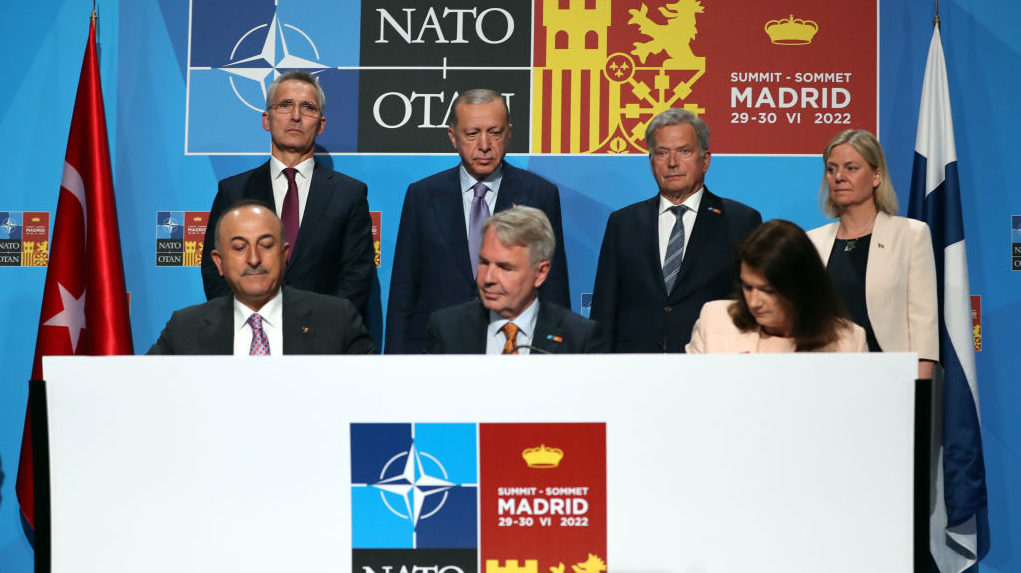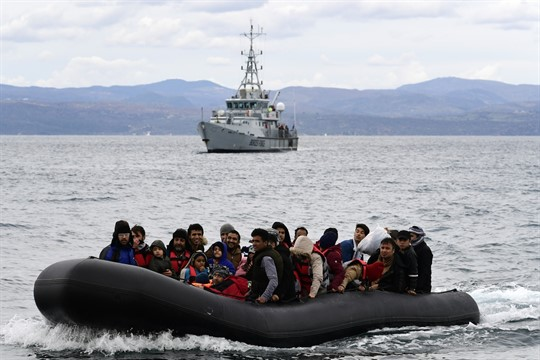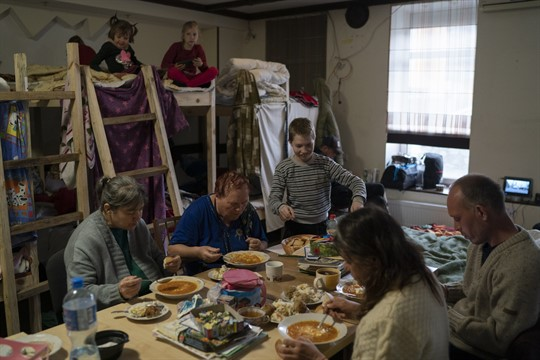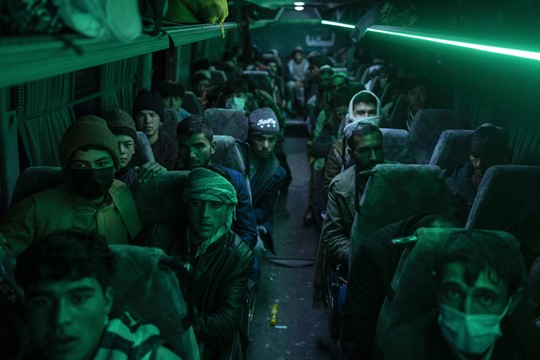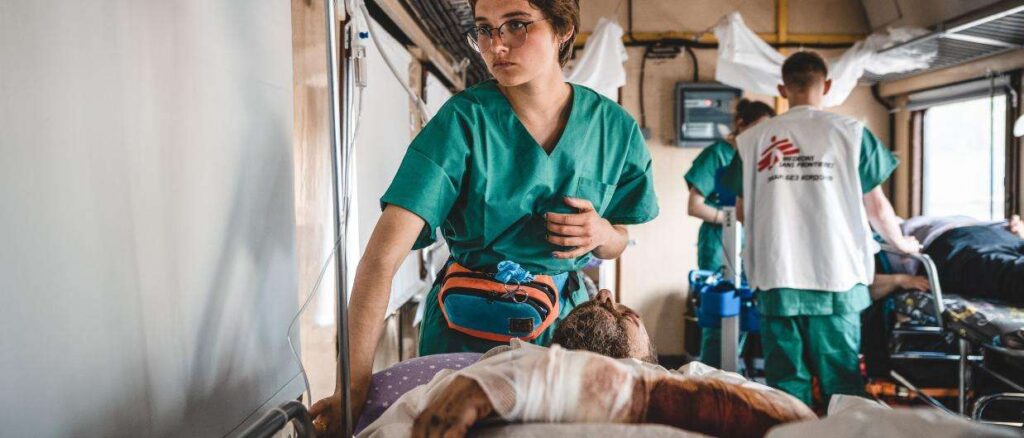Our experts decipher NATO’s new Strategic Concept
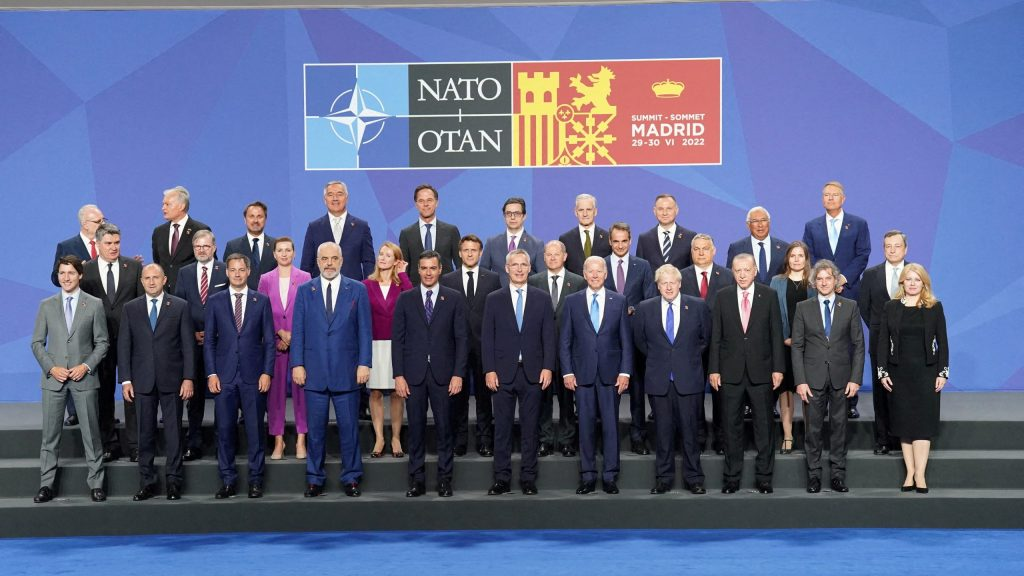
This one was a decade in the making. On Wednesday, NATO released its new Strategic Concept—a sixteen-page document of dry diplomat-speak sketching out the Alliance’s future path as it takes on threats posed by Russia, China, climate change, and more. But what were the allies really saying amid all the jargon? And what did they leave out? Experts from the Atlantic Council’s Transatlantic Security Initiative carefully combed through the document and dropped their insights in the margins.

